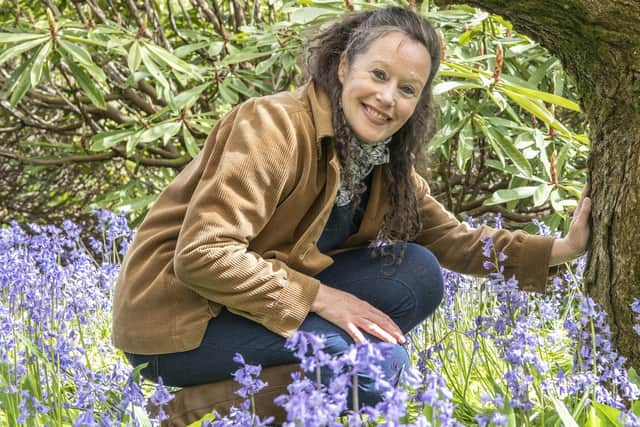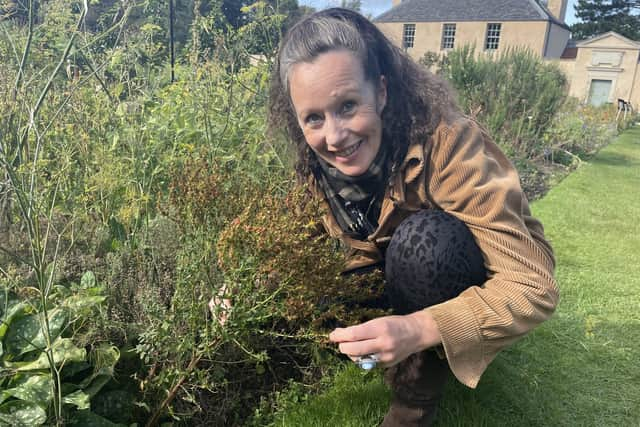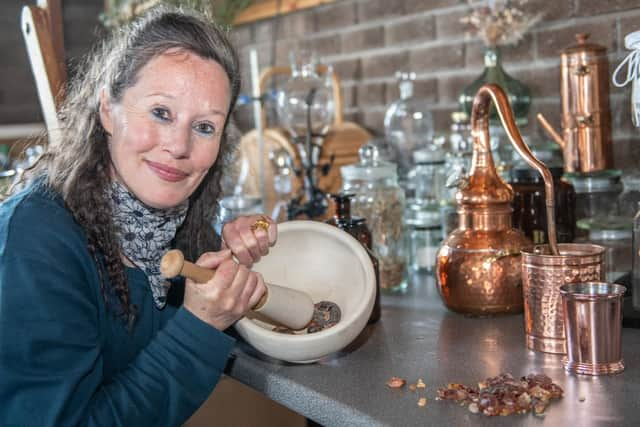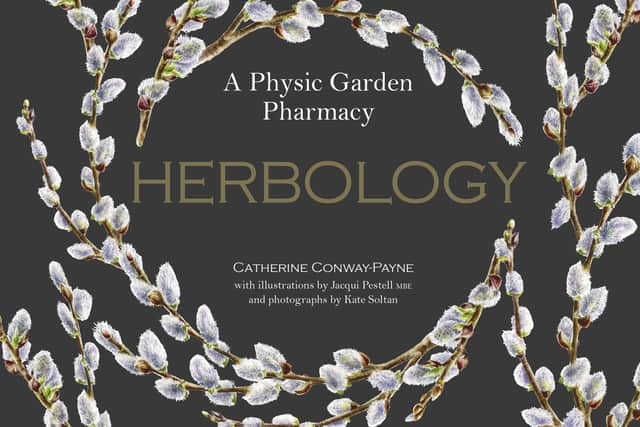Natural beauty: How to make your own herbal remedies, tonics and skincare products – powdered toad, viper flesh and dragon blood optional
We are in the physic garden, where the herbologist is showing me some of the multitude of plants with medicinal properties which are grown here and explaining their uses.
She points out the yellow-flowered Hypericum perforatum, better known as St John's wort, which in olden times was used in a poultice to heal wounds and noted by practitioners of the time to “make merry the heart”. Today it is still used as an antidepressant and to tackle inflammation.
Advertisement
Hide AdAdvertisement
Hide AdThe Royal Botanic Garden Edinburgh (RBGE) was founded in 1670 as a physic garden, growing medicinal plants for use by the burgeoning medical profession and their patients. But herbology dates back much further than that, to prehistoric times.
Humans have been using botanical medicine and herbal remedies to treat their ills for at least 60,000 years, with archaeological evidence showing use of healing plants in the Stone Age.
All sorts of weird and wonderful concoctions, from the bizarre to the downright dangerous, have been tried and tested as cures for everyday maladies.
Some have been dismissed as “witchcraft”, but others have proved effective and continue to be used today amid a renewed interest in natural health and beauty treatments.


Conway-Payne, who is course director for RBGE’s herbology diploma, is passionate about the healing power of plants and is keen to share her knowledge.
She has just written a beautifully illustrated herbalist’s bible, revealing everything you need to know about herbology, from its fascinating history to tips on growing and harvesting your own physic plants and recipes explaining how to make an eclectic range of natural treatments safely at home.
Mediterranean diet: Could olive oil, lemons and tomatoes drop off the UK menu due to climate change?
So why is herbology enjoying such a strong revival in a time of huge medical advances?


“We need herbology, the earth needs herbology,” she said. “It’s as simple as that, and the penny has finally dropped.
Advertisement
Hide AdAdvertisement
Hide Ad“With all of the potential global catastrophes facing the natural world, herbology and all that it embraces affords every individual the knowledge and insights by which they can make a meaningful and resonating difference for themselves, for others and for the planet.”
She describes her speciality as one of the most “joyfully rewarding, creatively stimulating and life-affirming” vocations and encourages even novices to delve in.
“Nature will nurture and care for us if we nurture and care for nature. It’s a mutually imperative and reciprocal thing, and when we get it right and do it well it feels amazing.”


The book is divided into seasons, with instructions for tinctures, treacles, ointments and cough syrups to soaps, perfumes, bath soaks, teas and even boozy tipples.
She finds it hard to pick a favourite recipe, but has been careful to leave out some of the more outlandish ingredients in 17th-century remedies – probably wise since finding volatile salt of vipers, dragon’s blood and earthworm oil may prove tricky for the modern home herbalist.
Conway-Payne says writing the book was “an absolute joy”, revealing new insights into the golden age of herbalism.
“It has been fascinating to find out that some recipes have not changed at all and that others contained extraordinary ingredients such as powdered toad, mouse droppings and even spider’s webs.
“Readers of Herbology will be relieved that our modern-day holistic formulations have omitted these from their list of ingredients.”


Advertisement
Hide AdAdvertisement
Hide AdHerbology – A Physic Garden Pharmacy, written by Catherine Conway-Payne with illustrations by botanical artist Jacqui Pestell and photography by Kate Soltan, is published by the RBGE on October 31 and is available to pre-order now.
Comments
Want to join the conversation? Please or to comment on this article.